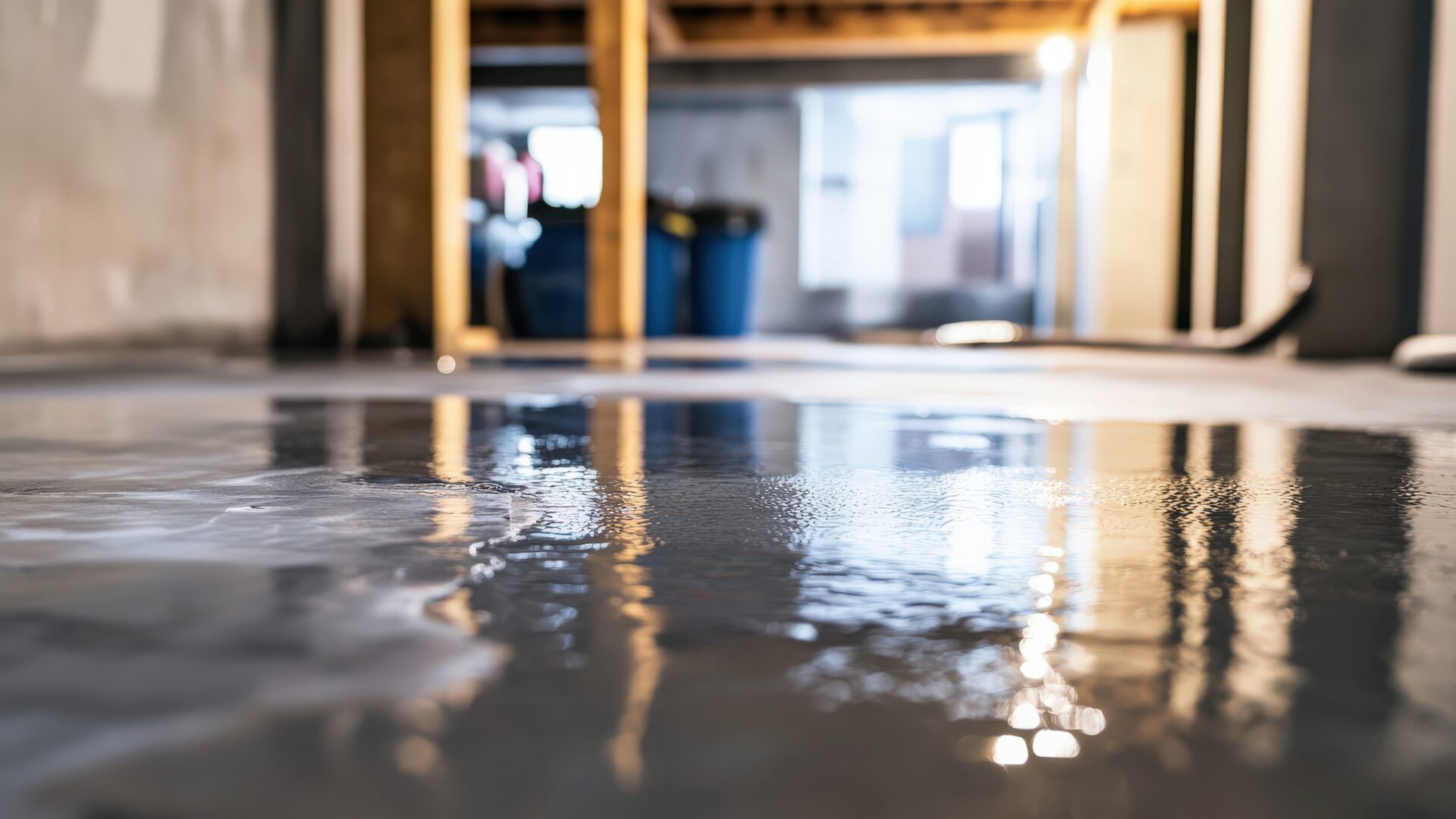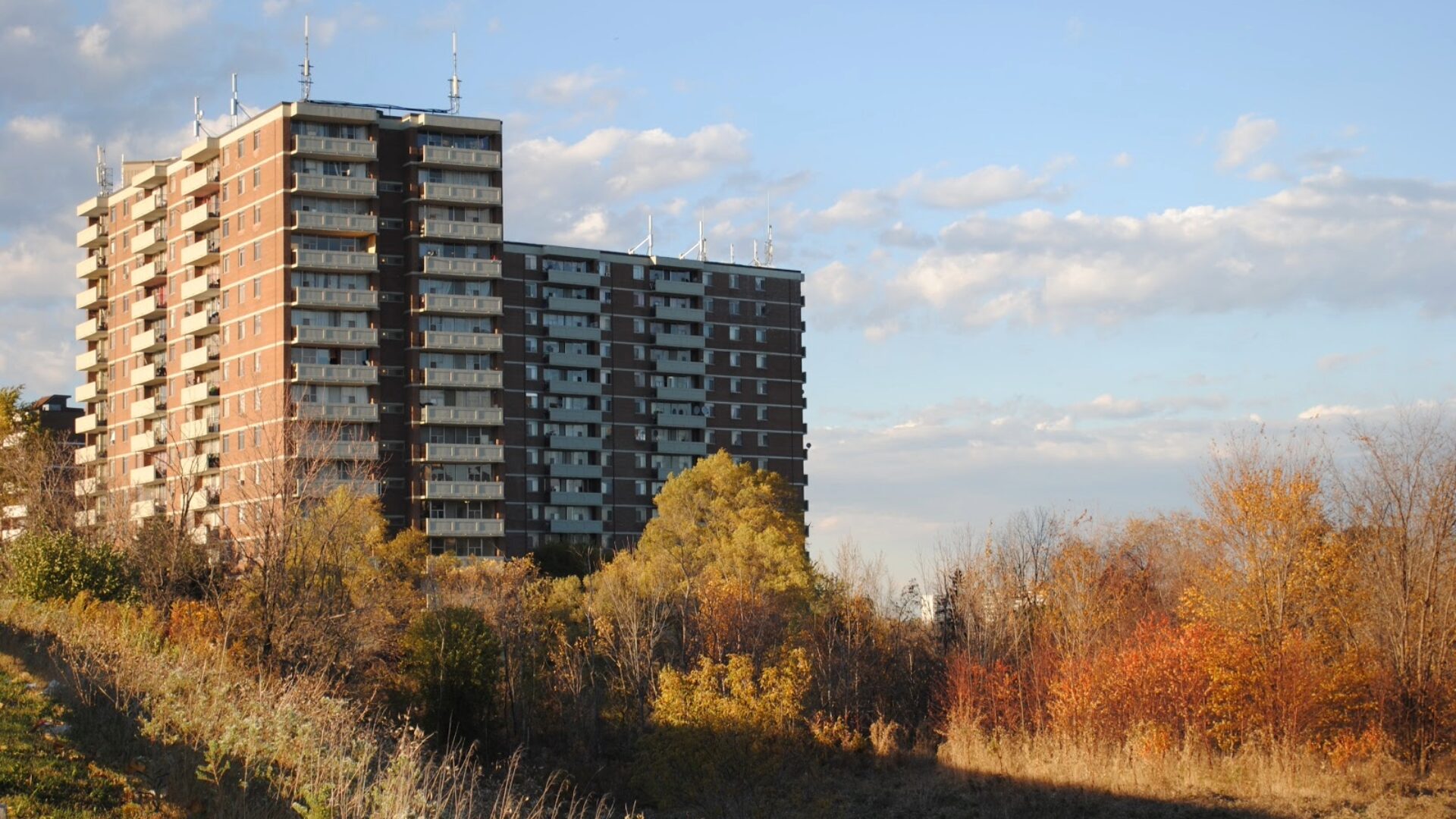
Hudson Chalmers of Davidson Cahill Morrison LLP Participates in Medical Malpractice Mock Trial at University of Toronto
On November 29, 2025, medical malpractice lawyer Hudson Chalmers, of Davidson Cahill Morrison LLP, volunteered as a trial judge at the 8th Annual University of




